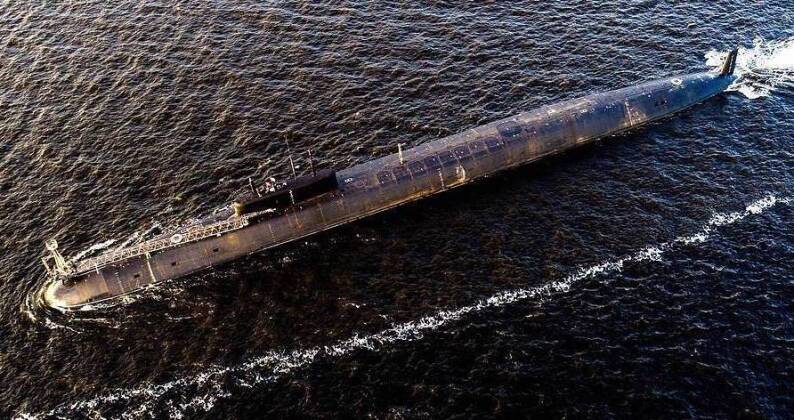News
Massive Russian Pacific Fleet Exercises Involve 167 Ships: High Combat Readiness Demonstrated for Wide Ranging Missions
On April 14-18 all assets under the Russian Navy’s Pacific Fleet went on heightened alert and began the first stage of a major surprise combat readiness drill involving over 25,000 personnel and 167 ships. Preventing enemy penetration into the southern part of the Sea of Okhotsk and repelling enemy landings on the Island of Sakhalin and the southern Kuril Islands were also key parts of the exercises, the launch of which represents part of a broader emphasis in the Russian Military on very large surprise drills to ensure high levels of combat readiness. The exercises come during a period of high tensions with NATO, which has been rapidly expanding its military presence in the Western Pacific and strengthening integration with Japan with which Russia has an outstanding territorial dispute over the Kuril Islands.
The latest Pacific exercises have notably focused on anti submarine warfare, with submarine capabilities being a particular strength of the Japanese and U.S. Navies. Japan has notably been the first in the world to deploy submarines with lithium-ion batteries in their propulsion systems for much improved stealth over ships fielded abroad including those in the Russian fleet. Notable deployments to support Russian anti submarine warfare efforts have included those of Ka-27PL helicopters with dip sonars, which flew from the decks of participating ships, as well as The Tu-142M3 long-range anti submarine warfare aircraft which are capable of loitering for very considerably periods. These provided targeting data for accompanying warships to launch salvoes of depth charge rocket launches. Russian anti submarine warfare capabilities in the region are expected to receive a significant boost from the deployment of two large 40,000 ton helicopter carriers which are currently under construction in Crimea, at least one of which is expected to join the Pacific Fleet. Currently destroyers such as the Udaloy Class can carry two anti submarine warfare helicopters each, but the new carriers will be able to deploy several dozen.

Russian Defence Minister Sergei Shoigu elaborated on the 17th regarding Pacific drills: “The troops are exercising to conduct qualification firings and tactical drills and practice multi-service force interoperability…. The anti-submarine quick reaction alert forces have carried out measures to hunt down submarines at approaches to the Peter the Great Bay and the Avacha Bay. The Pacific Fleet’s naval aircraft are deployed at operational airfields. The aircraft of the long-range aviation military command have redeployed to forward aerodromes.” President Vladimir Putin on the 17th praised the exercises, stressing that “the first stage of the sudden inspection has passed at a very high level,” expressing gratitude to all those involved. Entering their final stage on April 18, exercises will begin to focus on simulating massive missile strikes on enemy positions from both naval strike groups and coastal defence batteries.

Later stages of the exercises have also involved the use of Russia’s ballistic missile submarines for simulated intercontinental range strikes, with protection of these assets being one of the fleet’s primary missions. Only the Pacific and Arctic fleets host ballistic missile submarines, the inventory of which has been modernised rapidly in recent years and made a priority for investment. The Pacific Fleet currently deploys three of the new Borei Class ballistic missile submarines alongside 15 attack submarines, as well one cruiser the flagship Slava Class ship Varyag, five destroyers and four frigates. Destroyers and frigates across the Russian Navy are all Soviet built vessels, as the country’s shipbuilding industry has yet to recover the ability to construct such ships despite being able to build very large nuclear submarines, which reflects the Navy’s prioritisation of submarine capabilities over the past 30 years. Both old and new vessels of all classes, down to and including the smallest corvette sized surface ships, have been made compatible with a range of modern missile classes however which has helped compensate for the age of many of the fleet’s larger ships. The Udaloy Class destroyer Marshal Shaposhnikov which serves in the Pacific Fleet was confirmed in 2019 to be Russia’s first destroyer which would integrate the country’s new Zicron hypersonic cruise missiles, which are currently considered to have no rivals abroad in terms of performance.












